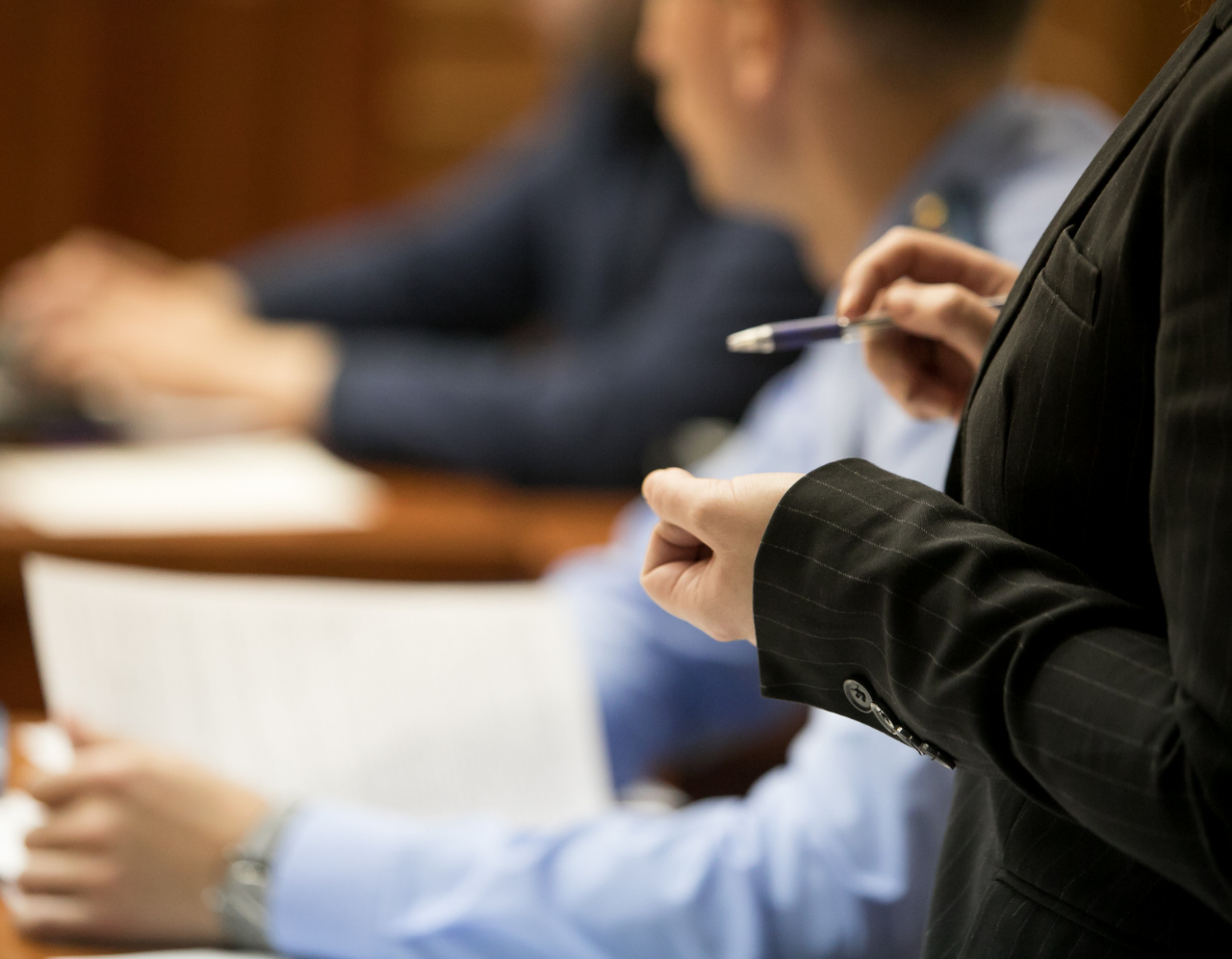From Concept to Courtroom: Actions to Develop Effective and Persuading Trial Presentations
From Concept to Courtroom: Actions to Develop Effective and Persuading Trial Presentations
Blog Article
Browsing the Intricacies of Trial Presentations: Tips for Seamless Distribution and Compelling Debates
In the realm of lawful procedures, the art of test presentation stands as an essential factor of success. As attorneys navigate the detailed web of court room dynamics, the capacity to perfectly supply arguments and evidence while astounding the jury's focus becomes vital. The complexities intrinsic in test presentations call for a delicate balance of technique, skill, and ability. By honing methods that make certain a polished delivery and crafting engaging debates that reverberate with the audience, legal experts can dramatically enhance their advocacy. In a globe where persuasion rules supreme, understanding the intricacies of trial presentations is not simply an alternative yet a necessity for those seeking to prevail in the courtroom.

Understanding Trial Goals
To properly browse a trial, it is critical to have a clear understanding of the objectives that need to be accomplished. Prior to entering the courtroom, legal teams should define their objectives and preferred end results. These objectives offer as guiding concepts throughout the trial, shaping methods and affecting decision-making processes.
Understanding test purposes entails a comprehensive analysis of the case, legal precedents, and the client's best interests. Trial Presentations. It requires a precise assessment of the truths, determining crucial problems, and expecting prospective challenges. By setting quantifiable and details objectives, attorneys can tailor their debates and discussions to straighten with the wanted results
Moreover, a clear grip of trial goals enables legal groups to prioritize proof, witnesses, and legal arguments successfully. It enables the development of a coherent story that reverberates with the discretionary, strengthening the general case discussion.

Organizing Proof Successfully
Having a clear understanding of trial objectives lays the structure for organizing proof efficiently in legal procedures. By aligning the discussion of evidence with the wanted outcomes of the test, legal groups can strengthen their debates and improve their persuasiveness.
Another crucial element in arranging proof successfully is developing a rational circulation. Presenting proof in a consecutive and coherent fashion can help develop a compelling story that sustains the legal disagreements being made. Additionally, utilizing aesthetic aids such as timelines, graphs, or charts can even more boost the company of evidence and help in making clear complex connections or series of occasions.
Furthermore, making sure that all proof presented is pertinent and admissible to the case is crucial. Unimportant or inadmissible proof can diminish the toughness of the argument and possibly harm the reputation of the here and now party. For that reason, a careful testimonial and option procedure need to be undertaken to include only the most legitimately sound and impactful evidence in the trial presentation.
Crafting Influential Stories
Crafting compelling narratives plays an essential function in presenting influential arguments throughout legal process. When building a story for a trial discussion, it is vital to establish a clear story that highlights essential points and links them in a coherent way. By weaving together evidence, testament, and legal debates into a convincing and natural narrative, lawful professionals can successfully advocate for their customers and increase the probability of a favorable result in have a peek at this website the court room.
Mastering Aesthetic Help
Effective use aesthetic help is key to improving the influence and clarity of trial discussions. Aesthetic help, when utilized tactically, have the power to streamline intricate information, strengthen vital factors, and leave a long lasting perception on the discretionary. To master aesthetic aids in trial presentations, it is critical to ensure that they are clear, concise, and appropriate to the disagreements being made.
When including aesthetic help, such as graphes, timelines, graphs, or pictures, into a trial presentation, it is necessary to maintain them aesthetically appealing yet specialist. The visuals need to enhance the spoken disagreements, providing a graph of the information being discussed without overwhelming the audience with unneeded information.
In addition, experimenting the aesthetic help in advance is critical to make certain a smooth shipment throughout the test. Familiarizing oneself with the content, transitions, and timings of each aesthetic help can assist preserve the flow of the presentation and prevent technological problems that may occur.
Delivering Impactful Closing Arguments
A compelling closing debate serves as the end result of a trial discussion, encapsulating the core story and persuading the judge and court in the direction of a positive choice. Begin by describing the major disagreements that sustain your client's setting, stressing why the evidence offered throughout the trial supports your story.
Furthermore, integrating psychological allure can better strengthen your closing argument. Ultimately, a well-crafted closing disagreement ought to leave an enduring impact, engaging the court and court to rule in your customer's support.
Conclusion
Finally, grasping test discussions includes recognizing purposes, arranging proof, crafting narratives, using visual aids, and delivering impactful closing arguments. By implementing these strategies effectively, lawyers can provide their instance flawlessly and make engaging disagreements in the court. It is important to navigate the complexities of test discussions with precision and skill to attain success in lawful procedures.
By lining up the presentation of proof with the preferred outcomes of the test, lawful teams can strengthen their arguments and boost their persuasiveness (Trial Presentations). To grasp visual help in test presentations, it is crucial to make certain that they are clear, succinct, and appropriate to the arguments being made
An engaging closing disagreement serves as the end result of a trial presentation, enveloping the core narrative and encouraging the court and jury in the direction of a positive decision. Begin by laying out the primary debates that support your customer's placement, more helpful hints highlighting why the evidence offered throughout the trial sustains your narrative.In verdict, grasping test presentations Our site involves comprehending objectives, arranging evidence, crafting stories, utilizing visual help, and providing impactful closing disagreements.
Report this page